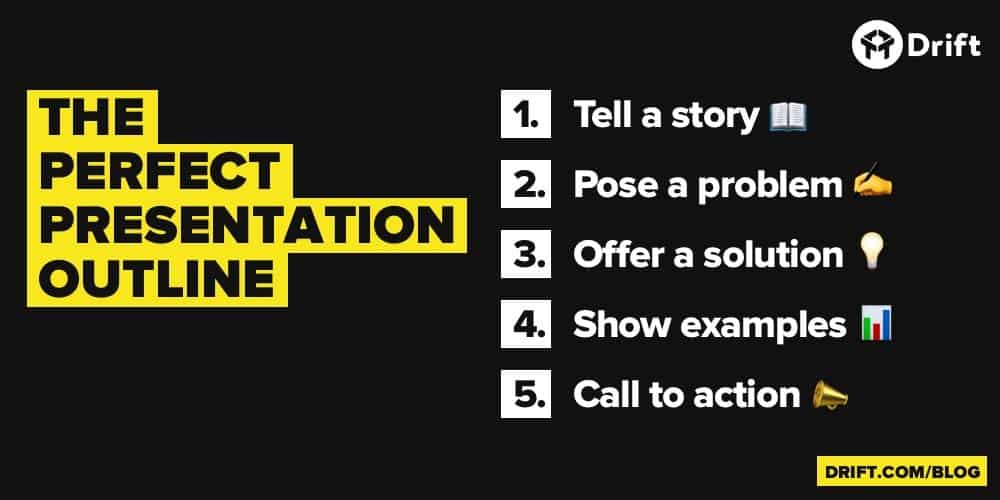
The rules in marketing have changed.
You can’t create a pretty landing page or e-book and expect to stand out. People today want to connect with people.
Being real and authentic is the only way to go in marketing today. But this doesn’t mean we’re all expressing ourselves in the same way. Some of you will feel comfortable doing selfie-style LinkedIn videos, but others will try other mediums. Authenticity looks different for every company and person.
After sharing his thoughts on authentic marketing, DG switched gears to talk about how to nail your presentations. A while back, he learned this one trick about presenting and public speaking that has completely changed the way he does presentations these days.
What is it?
It turns out that if you don’t read your slides word-for-word when you’re presenting — in other words, you actually know what you’re talking about –public speaking can be a ton easier. Since you’re not trying to memorize anything, you’ll be able to share what you know more naturally, and speak more authoritatively. The one DG shared works for everything from slide decks to blog posts and even emails. Anytime you’re stuck, you can pull this thing out.
So, if you’ve got a presentation looming in the near future, I highly recommend outlining these five points before you even open Google Slides or Keynote.
The Perfect Presentation Outline
1) Tell a story
When you tell a story, you build rapport with your listener.
But telling a story also does something far more powerful: It hooks your product or brand into a broader narrative that people will find relevant to their lives. For marketers and sales reps, this kind of storytelling is essential for humanizing your product and injecting a sense of urgency into your message.
2) Pose a problem
Once you’ve heard the story — or at least, the beginning of a strong narrative — you’ve got a person’s attention. Then it’s time to share a problem that has the potential to disrupt this broader narrative, or change the way things are done.
3) Offer a solution
…then you have to show them the way out.
4) Show examples
It’s not enough to simply share solutions. People want to see how other people like them have done it.
5) Call to action
What do you want people to do after that?
Stick to those five things, and you won’t get stuck on anything you create. Building a presentation outline using this framework is the only secret you need.



